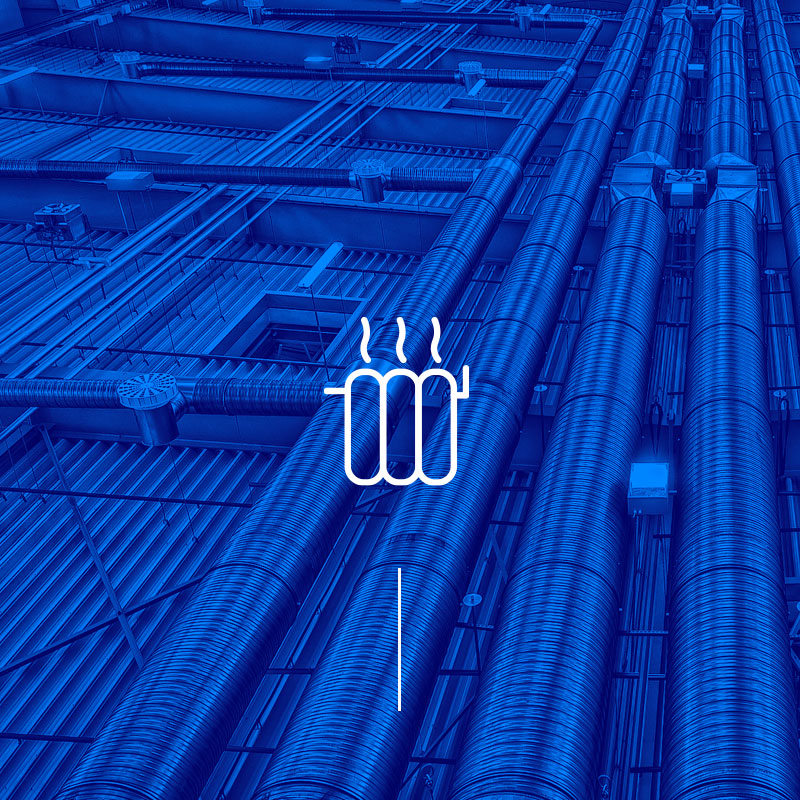| Name: | DISTRICT HEATING |
|---|---|
| HEX Type: | GPHE, BPHE, Welded, Semi-welded HEX |
| Plate Material: | Stainless Steel 304, 316L , 904L, SMO254, Titanium, HC276 |
| Plate Thickness: | 0.4mm-1.2mm |
| Gasket Material: | NBR, EPDM, HNBR, Viton/FKM |
| Frame Material: | Carbon steel , Stainless steel |
| Design Pressure: | 0-25bar |
| Design Temperature: | -20~200℃ |
| Inquiry |
Product Description
The district heat exchange station is responsible for the heating of a district heat user, and is an important link between the preceding and the following in the urban central heating system. If the heat exchange station fails, it often causes problems in the heating of a certain area, and may even affect the normal operation of the entire central heating system. Therefore, attention must be paid to the design, operation and daily maintenance of the heat exchange station. When the heating is abnormal, it is of great significance to find and solve the problems in the heat exchange station in time.

You’ll find these types of heat exchangers used to connect buildings to district heating and cooling networks. The district heating and cooling centre distributes the hot and or cold fluids around some central pipes to form a network. Buildings are then connected to these central networks to make use of the heating and cooling fluids. To connect the buildings to the networks, a gasket plate heat exchanger is installed between the buildings central plant circuit and the district network. The central plant circuit pulls heat or coolth out of the network as required, usually through a heat meter to measure the consumption.

